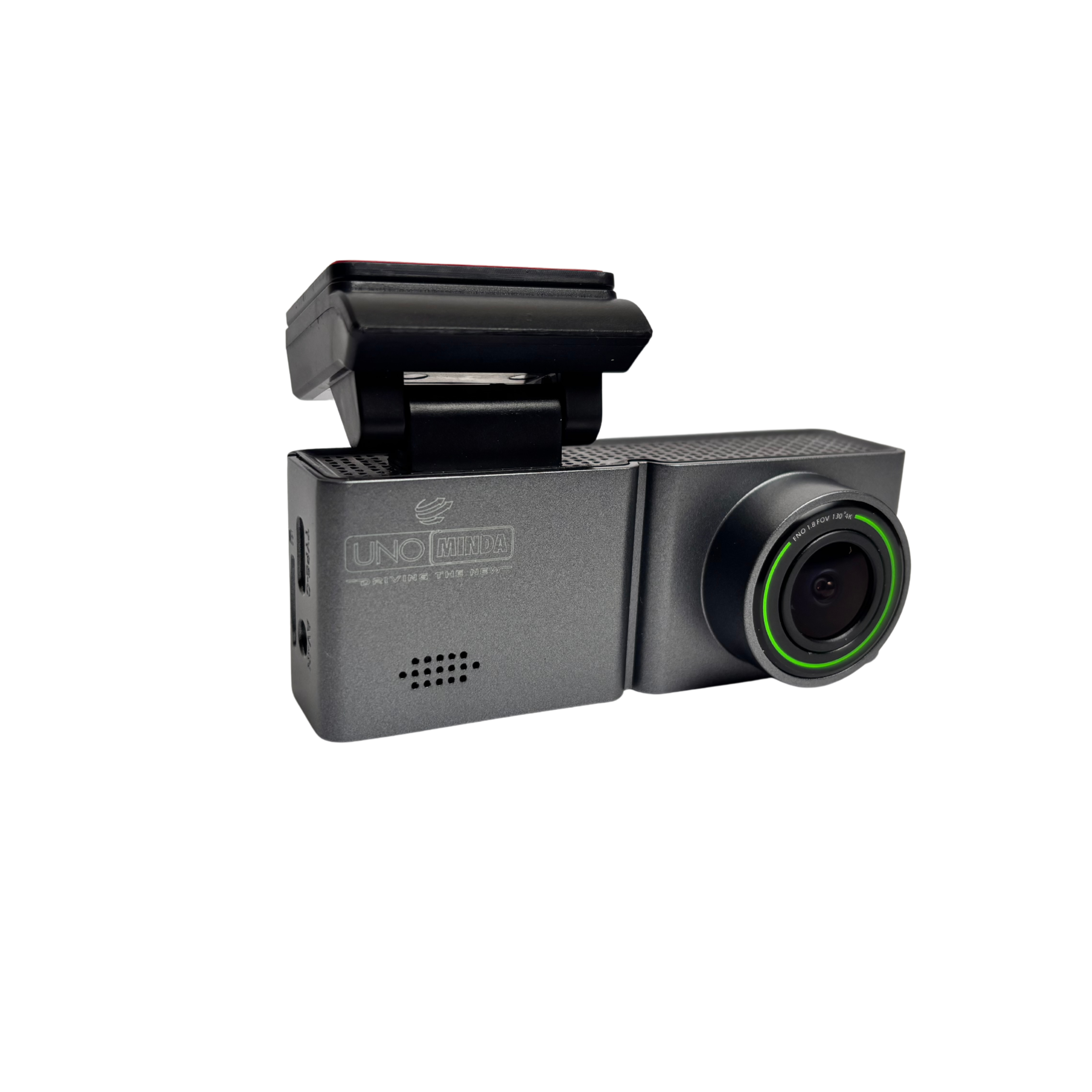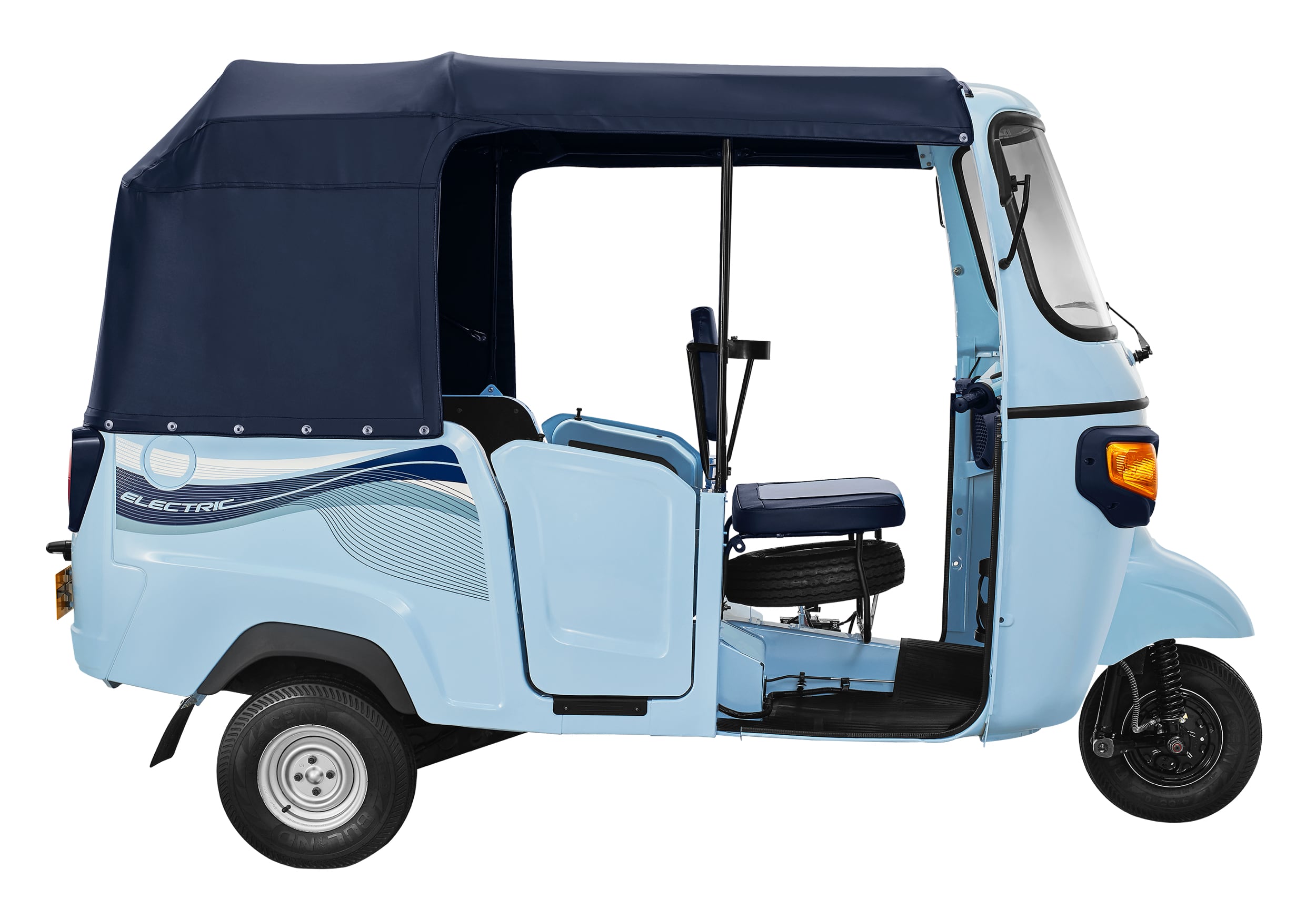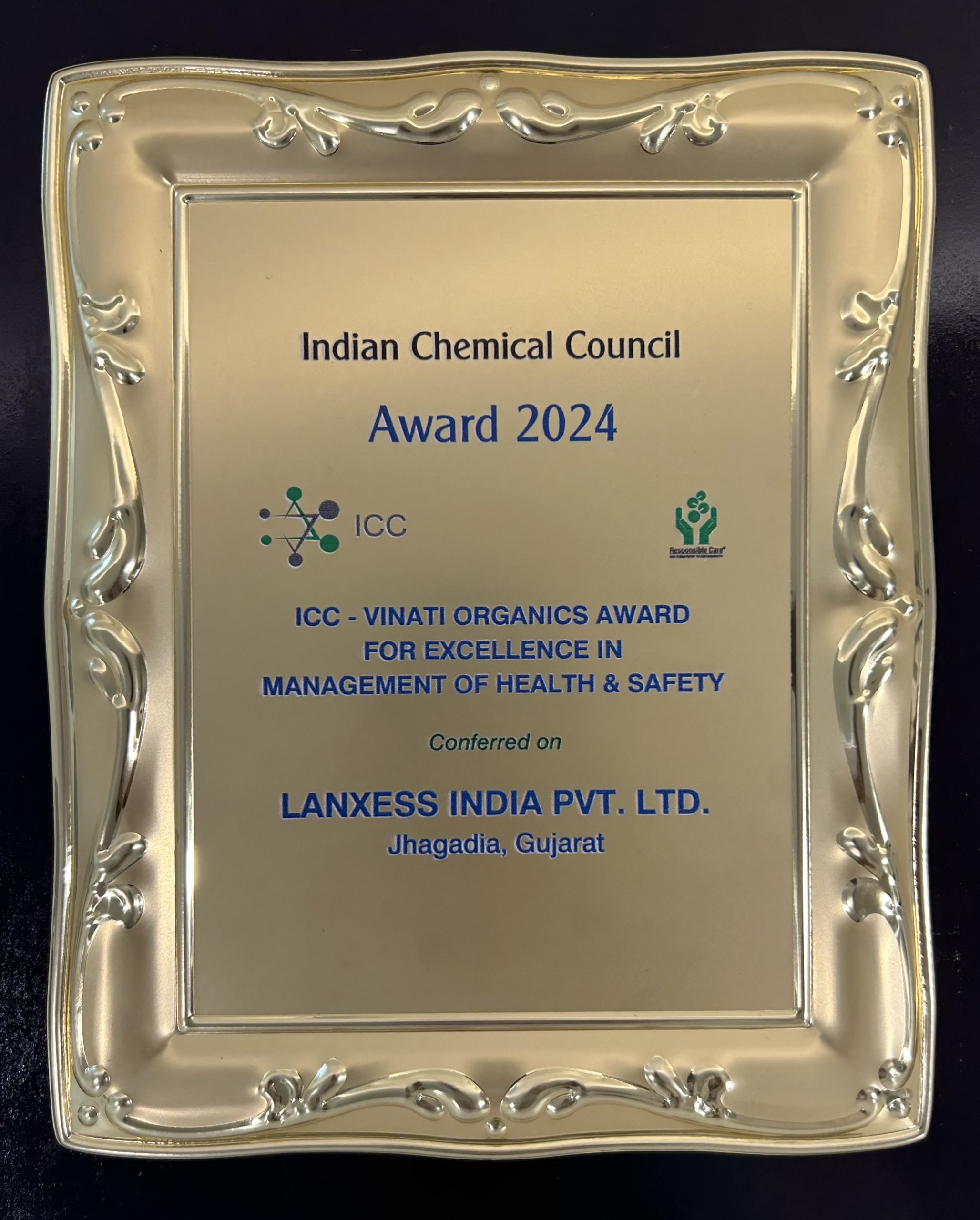More than 30 per cent of the vehicles sold in India will run on electricity by 2030, shows a study by Arthur D. Little (ADL).
The study, which focuses on India’s EV industry, estimates that the sector will cross-sell 10 million vehicles by 2030, with an overall adoption rate of more than 30% across various vehicle categories. However, EV adoption for passenger vehicles is expected to be only 10% by the end of the period, accounting for only 5 per cent of total EV sales. By 2030, India will need approximately 800 GWh of batteries to achieve more than 30 per cent EV adoption. To meet this rising demand, India is speeding up plans to manufacture Li-ion cells in the country, with USD 2.3 billion in government subsidies and over USD 7.5 billion in investment potential. According to Arthur D. Little’s Global Electric Mobility Readiness Index — GEMRIX 2022, Norway has emerged as the EV adoption leader. GEMRIX has been calculated for 15 countries of which India holds the 11th rank in terms of market readiness for EV adoption. The overall usage of EVs has been on a rise over the last two years across the globe, says the report.
The Index is designed to compare the market conditions for EV and internal combustion engine (ICE)-driven vehicles. An EV readiness score of 100 means that in a given country, it is equally beneficial to buy and operate an electric vehicle as one with an internal combustion engine. Higher values indicate advantages for EV, while lower scores mean benefits for ICE.
Also read, Search on for possible future of sustainable mobility solutions













Leave a Reply